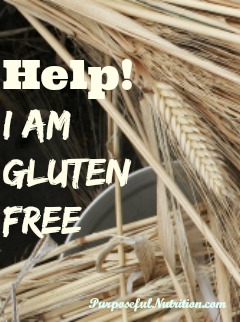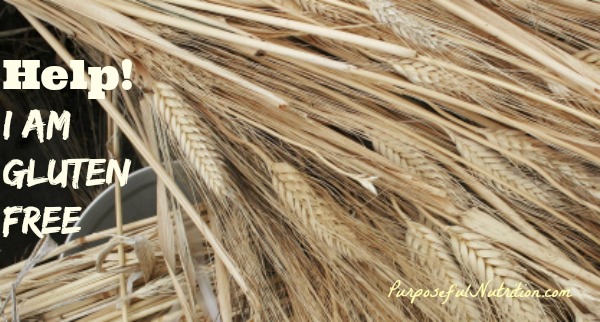This post may contain affiliate links which won’t change your price but will share some commission.
Help! I am gluten free
So what do you do when you find out you have to remove gluten from your diet or from your child’s diet? Where do you start? How do you get over the feeling of being totally overwhelmed?
This was exactly how I felt 4 years ago when my oldest daughter decided she had an intolerance to gluten. Everything I knew about baking went out the window. I was not sure what to do about things I bought at the grocery store. I really had no idea where to start. But with the help of some friends and the internet it soon became very easy to manage and now I can hardly remember life with gluten. Four of us out of six are now gluten free.
Here are some of my ideas on how to get started and ease the difficulties of the transition.
Eat whole foods and naturally gluten free foods
Meat, vegetables, fruits, legumes, dairy, and fats are naturally gluten free. So if you stick with the basics of those food groups eating gluten free will not be difficult to figure out. Grains and processed foods are where the challenges come in. Eggs and smoothies are great breakfast options. Meat and vegetables, including potatoes, are great for basic dinner options. And lunches can be leftovers and foods like humus or soups. Fruit, peanut butter, or cheese are great snack options.
Learn to bake with gluten free flours
The grains to avoid because they contain gluten are wheat, spelt, kamut, rye, einkorn, emmer, and barley. Oats can be a problem for many because often they are contaminated in growth or in processing with gluten. Some companies now sell certified gluten free oats and these do work for most people with a gluten intolerance.
As I learned 4 years ago there are many options for gluten free baking. Many of these flours may be brand new to you, but there are plenty of gluten free recipes on the internet now with all kinds of flours. You will learn to bake with teff, buckwheat, garbanzo bean, almond, coconut, cassava flours and more. To get started it can be helpful to find a premixed gluten free flour like that sold by Bob’s Red Mill or Better Batter. These are more expensive so if price is an issue you may want to learn how to make your own blends.
Learn to bake with sourdough recipes
I found working with sourdough to be a great way to deal with the changes and restrictions of gluten free baking. I could still use regular flour but because it had 24 hours or more to ferment before baking it was a viable option for most of my family. (For my daughter with a severe intolerance we did not try it although we could have with a longer ferment time.)
I have written several other articles about sourdough.
Learn to read labels very carefully
If you are new to the whole gluten free world you will be surprised at what products contain gluten. Many more processed products are being labeled now as gluten free and 99% of the time you can trust those labels. If the label does not say gluten free then you need to look more carefully at the ingredients to see what may be a problem. Ingredients to avoid include wheat, barley, barley malt, rye, oats (unless gluten free), brewers yeast, modified food starch, starch, dextrin, malt, maltodextrin. (source)
Be prepared for the symptoms when glutened
When a gluten person accidentally gets gluten this is called being glutened. Usually it is accompanied by GI distress like abdominal pain, bloating, gas and diarrhea and often includes symptoms like brain fog, and skin rashes. This is the subject of another blog post. But in short products such as slippery elm, bentonite clay, and activated charcoal are several items you should keep on hand to help deactivate the negative effects of the gluten on your body.

Shared at Savoring Saturdays.


Individual tolerances vary, but certainly for anyone diagnosed with Celiac the warning “may contain traces of……” applies to any packaged product not carrying a certified gluten free label, as many products are prepared around gluten-containing products, especially wheat products, and may be contaminated. Seasonings, dried fruit, and canned or frozen vegetables are examples of foods that are naturally gluten free but often contaminated in the processing.
Thank you for this input. I agree that this is very important for celiacs especially.
I agree with you, sourdough is the way to go. I’m going to have to check out some of your recipes! 🙂 Thanks for sharing this at Savoring Saturdays! 🙂